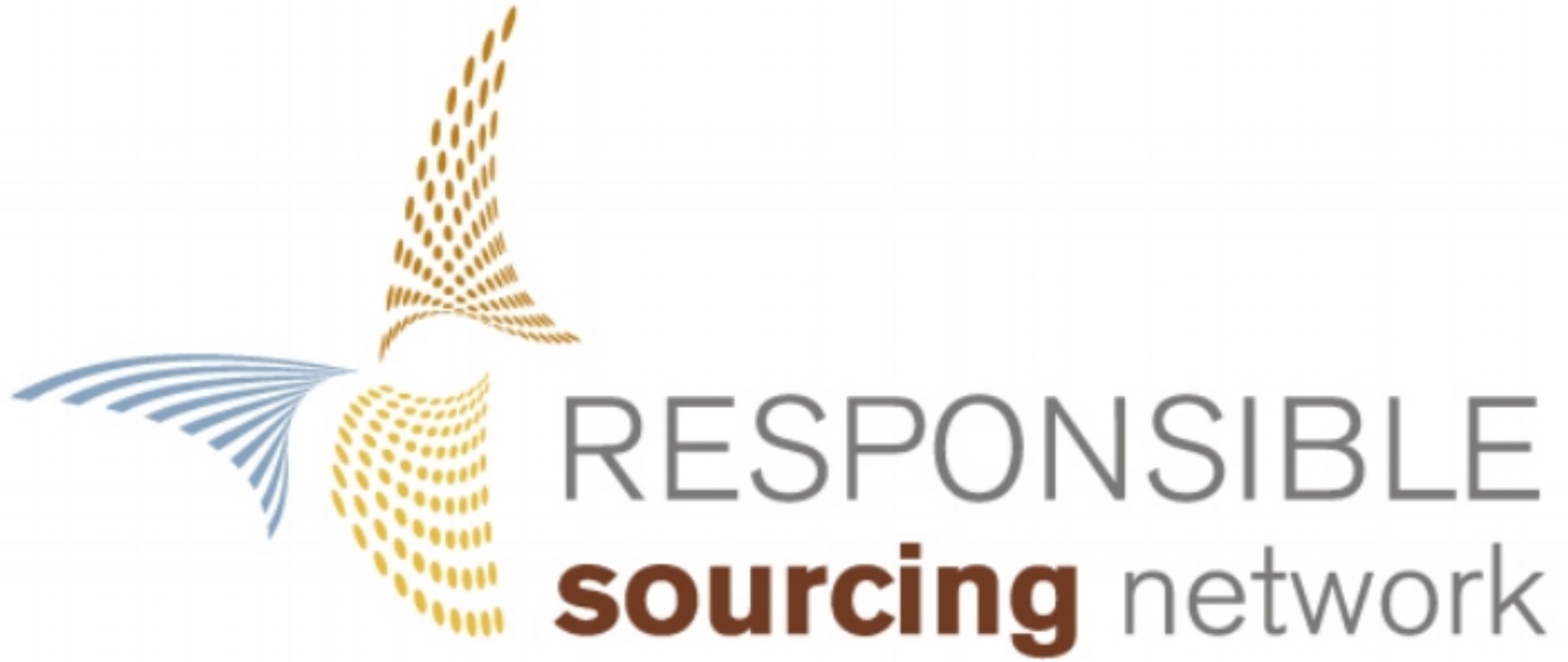Forced Labor in Uzbekistan — Progress: YES, Elimination: NOT YET
After a decade of engagement, the Uzbek government is starting to take steps to end the use of systemic forced labor in its cotton sector. The observed commitments and progress is commendable:
The forced mobilization of school children has almost been completely eliminated.
During a speech at the UN General Assembly in 2017, Uzbek President Mirzioiev spoke of actions his government was taking to end forced labor.
Throughout 2018, several human rights activists and journalists have been released from prison and public decrees have been issued prohibiting the use of forced labor to pick cotton.
A delegation of the Cotton Campaign was invited to meet senior officials in Uzbekistan in May, 2018.
A delegation of Uzbek government officials traveled to Washington, D.C. to meet with the Cotton Campaign in February, 2019.
The International Finance Committee started a six-year Sustainable Cotton Supply Chain Development Project in Uzbekistan.
With all of that being said, systemic forced labor was still quite prevalent in the 2018 harvest. The Uzbek central government setting quotas for volumes across the country is a main driver for forced mobilization of pickers. To fulfill the quotas, especially in low population areas, local officials turn to requiring workers to pick cotton against their will. This labor force consisted of public sector workers, as well as bank, factory, and small business employees. The harvest workers were forced to leave their day jobs and spend several weeks in fields picking cotton, they would be fired or penalized if they didn’t go. Their only options to avoid the harvest work were to pay replacement workers out of their own pockets. Although there was some reduction at the beginning of the harvest, the prevalence of forced labor increased overtime (start on p. 22) during the harvest.
Forced labor will continue to exist until several underpinnings of the state-managed cotton system change. The focus of the Cotton Campiagn’s Roadmap of Reforms for Uzbekistan communicates the key actions that need to be taken. The roadmap sets forth a comprehensive vision to end forced labor in the cotton industry, and ensure that reforms are fundamental and sustainable. To achieve this overarching goal, it lays out three core objectives as set forth in the Cotton Campaign’s Definition of Success, shared with the Uzbek government in February 2019: end systemic forced labor; enact structural reforms; and empower civil society.
The three core objectives are complementary and mutually reinforcing. Systemic forced labor cannot be eliminated without the enactment of structural reforms; nor can reforms be achieved without the empowerment of civil society to ensure transparency and accountability across every aspect of the reform process.
Currently, 312 brands have signed the Uzbek Cotton Pledge that commits them to not source cotton from Uzbekistan until the Uzbek government ends forced labor in the cotton sector. The commitment and actions of the signatories are an incentive for the Uzbek government to reform its sector. The roadmap clearly lays out the actions needed to end forced labor in Uzbekistan’s cotton sector. As we enter the 2019 cotton harvest, Responsible Sourcing Network and our colleagues at the Cotton Campaign will be watching closely if the key actions of the roadmap are being met. Through engagement with the Uzbek government and other stakeholders, the Cotton Campaign believes the pledge can be lifted, but only if substantial and irreversible and substantial change occurs — that might be during the 2019 harvest, or it may take another year or two.
To learn more about the roadmap and participate in the discussion on what is needed to lift the Uzbek Cotton Pledge, please join a webinar on Thursday, July 25 hosted by the American Apparel & Footwear Association (AAFA) and featuring Responsible Sourcing Network and other members of the Cotton Campaign. You can register here (if you are not an AAFA member you have to sign up for a free account).
The hard work of numerous stakeholders to abolish forced labor in Uzbekistan is finally starting to have an effect. However, with the embedded abuse of forced labor in the cotton industry being part of the culture of Uzbekistan for three-quarters of a century, transitioning the sector will not happen overnight. The Uzbek government’s acknowledgement of forced labor is a first step, but enacting the Roadmap of Reforms is what’s needed to eliminate forced labor once and for all. We eventually look forward to welcoming Uzbek cotton and cotton products to the global marketplace.
